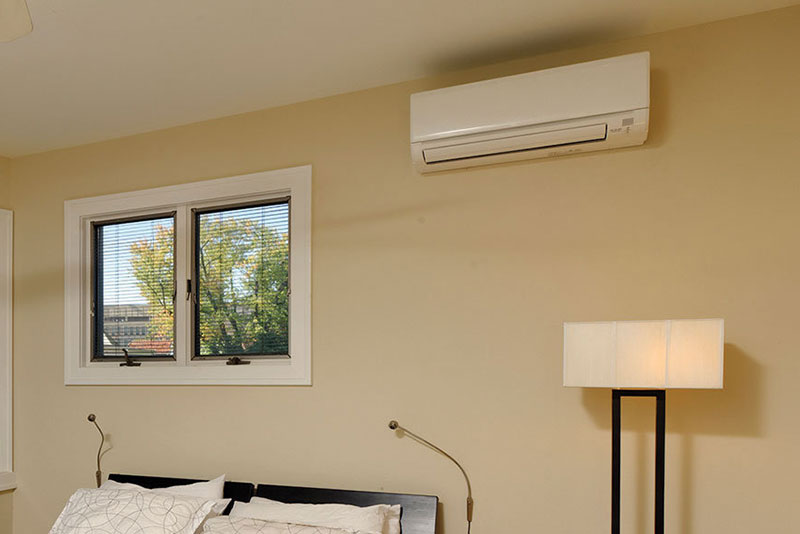With frequent variations in the climate, it’s crucial to have an productive heating and air conditioning method in your house. However, standard HVAC techniques can be extremely expensive and may even eat a lot of electricity. This is why mini split solutions come in, since they offer an power-successful mini split solution for cooling and heating. In this post, we are going to check out mini split techniques and go over their positives and negatives.
Exactly what are Mini split Solutions?
Before scuba diving into the key benefits of mini split methods, it’s necessary to understand what they are. Mini split methods, also referred to as ductless methods, comprise of an outside model along with a lightweight indoors unit which can be mounted on a wall surface or roof. As opposed to standard HVAC solutions, mini split methods tend not to call for ductwork to be installed, which makes them a far more adaptable remedy.
Advantages of Mini split Systems
The most significant features of mini split solutions is vitality performance. Using a conventional HVAC process, air journeys from the ductwork well before reaching every single place. This can lead to a substantial loss in vitality, specifically if the ductwork are not correctly insulated. As opposed, mini split methods supply atmosphere right to each area, removing the necessity for ductwork. Consequently they utilize less power and are far more cost-effective.
Another benefit of mini split methods is versatility. Because they do not need ductwork, they are often installed in a range of areas. As a result them particularly useful for old houses that do not have current ductwork. Furthermore, mini split methods are fantastic for areas which can be hard to heating or awesome. As an example, for those who have an area with higher ceilings or big home windows, a mini split process can offer productive heating and cooling.
Disadvantages of Mini split Methods
Whilst mini split solutions offer numerous advantages, they generally do possess some disadvantages. One of the many down sides of mini split methods is upfront price. Since they need person inside models for every single room, the fee for installment could be higher than traditional HVAC solutions. Additionally, although mini split solutions are vitality-efficient, they might not be the best answer for houses in extremely chilly temperatures.
Another drawback of mini split techniques is artistic appeal. Whilst they are small and inconspicuous, they still need an inside model in each and every area that may be obvious. Moreover, the backyard unit could be less aesthetically pleasing than standard HVAC solutions.
In short
All round, mini split systems supply several rewards for homeowners looking for an power-productive solution for cooling and heating. They are accommodating, successful, and can be put in in many different locations. Even so, they generally do have some negatives, which include increased upfront fees and potential visual troubles. When considering a mini split method, it’s necessary to weigh the advantages and drawbacks and determine if it’s the proper option for your house.



